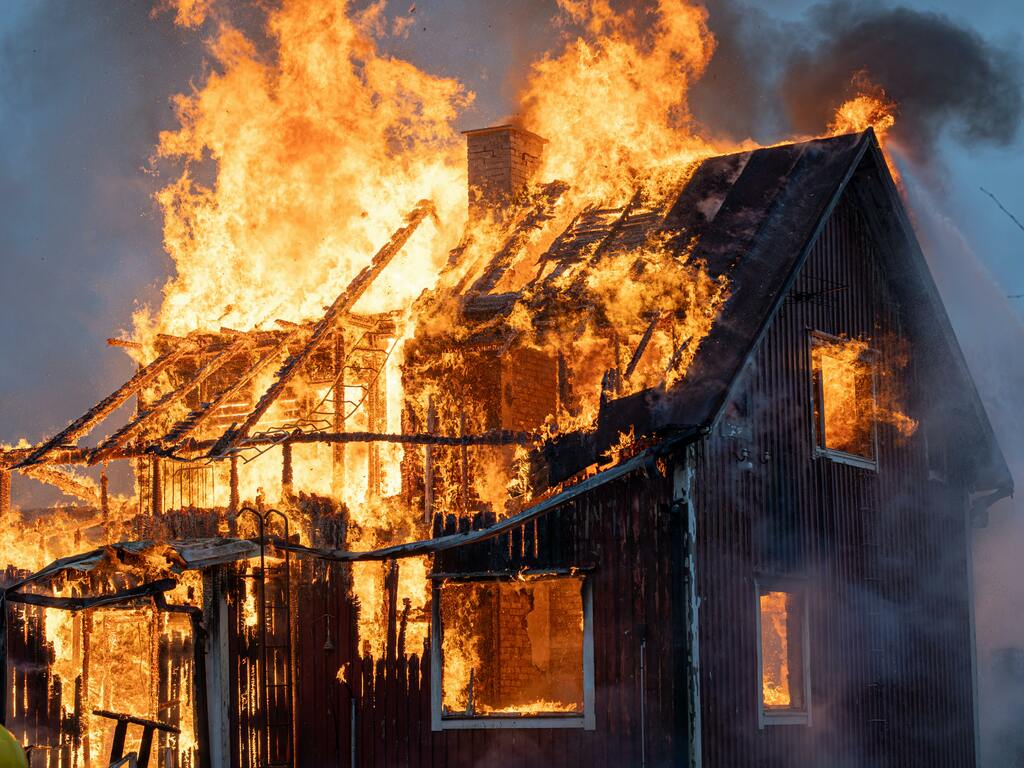Buyer Buyer —
the House is on Fire!

The incoming CEO knows the house is on fire. After an acquisition, your job as an incoming change agent is to figure out who keeps feeding it- to stop the entire asset from burning to the ground.
There will be no one to greet you at the door. No swag, laptop, or workspace ready for you. You're the new hire few knew about or even wanted. So use it. Slip into the back of the first town hall meeting and observe.
How many people are actively working on their resumes? Who does not matter - most of those people have already left anyway. How many will give you a sense of the coming rate of attrition from which teams.
Who introduces themselves to you just because they notice a new face? Who is excited by the possibilities of change? Who sees you as part of the change and immediately starts or protects what is rather than exploring what could be?
When you find a workspace, is it still filled with the business cards, files and breadcrumbs of someone else's work? How many other desks have been abandoned? Who is still grieving the loss of colleagues and mentors with a memorial of nameplates?
How long ago did previous management stop investing in creating an environment of collaboration? Seriously - how much dust, dirt and dead plant pits can you find?
If you are lucky enough to attend a kick-off in the first 90 days - how many people are opening up and discussing resumes and interviews? Is the VP of HR sitting right across from you while discussing their exit?
These are the opportunities. You will learn the most about the people and culture of the organization you just bought. You'll be able to use this information to figure out what you need to do next to integrate the acquired organization and avoid stalling.
Map those opportunities against the integration timeline's immediate and long-term goals. Keep it, refer to it, and update it weekly for at least the first two quarters.
You will need it in the coming months — if not years — people have shown you who they are in a crisis. Map who will fight fires for you, alongside you or light them against you? Who wants to help save the house but needs mentorship to be effective?
The map will also show you what will stabilize on its own and what needs to be rebuilt. It'll also show you where volatility could re-ignite and how close your fire prevention measures are to managing the risk. As the back-channel alliances form, you will quickly understand the dynamics that are putting the business at risk. Move your core prevention team and catalysts into a position of influence. Restore a culture of psychological safety and continuous improvement. Most importantly, win over fear-driven obstructionism from burning down the CEO's new house.